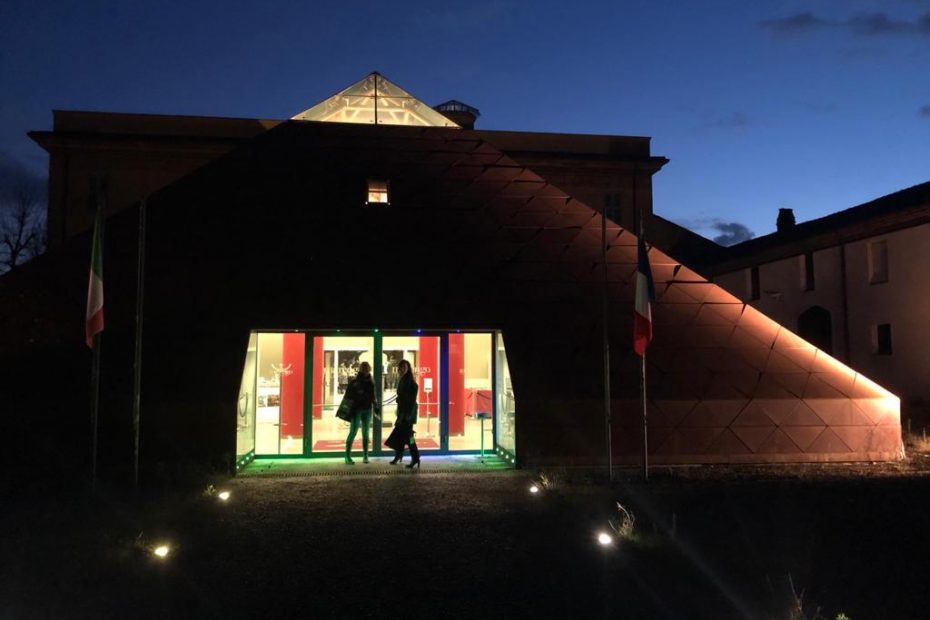There are more than eighty pyramids of various sizes in Egypt; much has been written about the most renowned ones, but each of them- even the lesser known ones- would deserve its own dedicated volume. The Pyramid of Cestius, in the Egyptian style, dates back to 12 a.c. and can be found in Rome, next to Porta San Paolo, whereas the decidedly modern Pyramid of Marengo was built in 2000 d.c. in order to commemorate the fallen soldiers of the Battle.
The tale of the pyramids starts in 2700 a.c. and is closely intertwined with dynastic, religious, administrative as well as social factors of the utmost interest. In addition to being a fine work of engineering, each pyramid is the product of religious beliefs regarding the divine essence of the monarch while also reflecting the political and social climate of the time.
To quote prof. Franco Cimmino, “the Egyptian pyramid represents the most coherent human endeavor to give architectural expression to the highest theological conceptions of the universe, regarded as an living whole and devised for eternity” (translation by UJCE).
We would thus like to focus on Napoleon Bonaparte’s expedition: he arrived in Alexandria, Egypt on June 2 1798, defeated the Mamelukes during the Battle of the Pyramids on July 21 and subsequently made a triumphant entrance in Cairo.
This military expedition was carefully planned in order to undermine the power of England and its ties with the Indies, which relied on existing maritime routes; Leibniz, scientist and mathematician, had already prefigured the creation of the Canal during the second half of the 17th century. His vision was later made a reality in 1869 by Frenchman Ferdinand de Lesseps, based on Italian engineer Luigi Negrelli’s project.
The Canal would indeed constitute a remarkable shortcut between the Mediterranean Sea and the Indian Ocean.
On August 6 2015 part of the Suez Canal was widened and the creation of a second lane of 35 km resulted in the so-called “Lessepsian Migration”, which caused the scissortail sergeant fish to reach the Ligurian Sea in 2000.
Leaving aside this brief digression into marine wildlife, the expedition was especially innovative in that it was not exclusively military in nature: Napoleon’s army was accompanied by a group of scientists and scholars who were entrusted with the task of studying Pharaonic Egypt while also appraising the resources of the country. This exceedingly modern contingent consisted of 167 academics (two of which later travelled to Malta): zoologists, botanists, doctors, pharmacists, ethnologists, artists, painters, musicians, men of letters, economists, printers, orientalists, astronomers, surveyors, chemists, physicists, mechanical engineers, who specialized in the construction of bridges and roads, as well as naval engineers. These young- and not so young- men were able to gather an extraordinary amount of invaluable documents.
In Egypt, Napoleon’s friendship with Marshal Desaix and the joint efforts of these men made the most extraordinary enterprises at the far edges of the country possible.
Egyptian imagery deeply fascinated Europeans; furthermore, the discovery of the Rosetta Stone and the attempts to decipher its contents marked the beginning of modern Egyptology as we know it. These monuments also captured the imagination of writers such as Victor Hugo, who praised the pyramids of Cheope, Chephren and Micerino.
We wish to follow in the footsteps of these men, whose artistic and scientific curiosity is echoed by a number of contemporary events and immortalized by the Pyramide de Marengo: the monument- clad with sand-colored cast iron sheets- constitutes a symbol of epic deeds, inspiring noble thoughts while also being a tangible reminder of key events in Italian as well as European history; of course, the Pyramid also represents a sort of introduction to the Napoleonic Museum of Villa Delavo itself. In spite of the tragic events of our time, it is thus vital to overcome any armed conflicts which still persist around the world in order to cultivate and nurture “Stems of Peace” thanks to new modes of communication, thereby hoping to foster new relationships for the greater good.
(Translation by UJCE)
